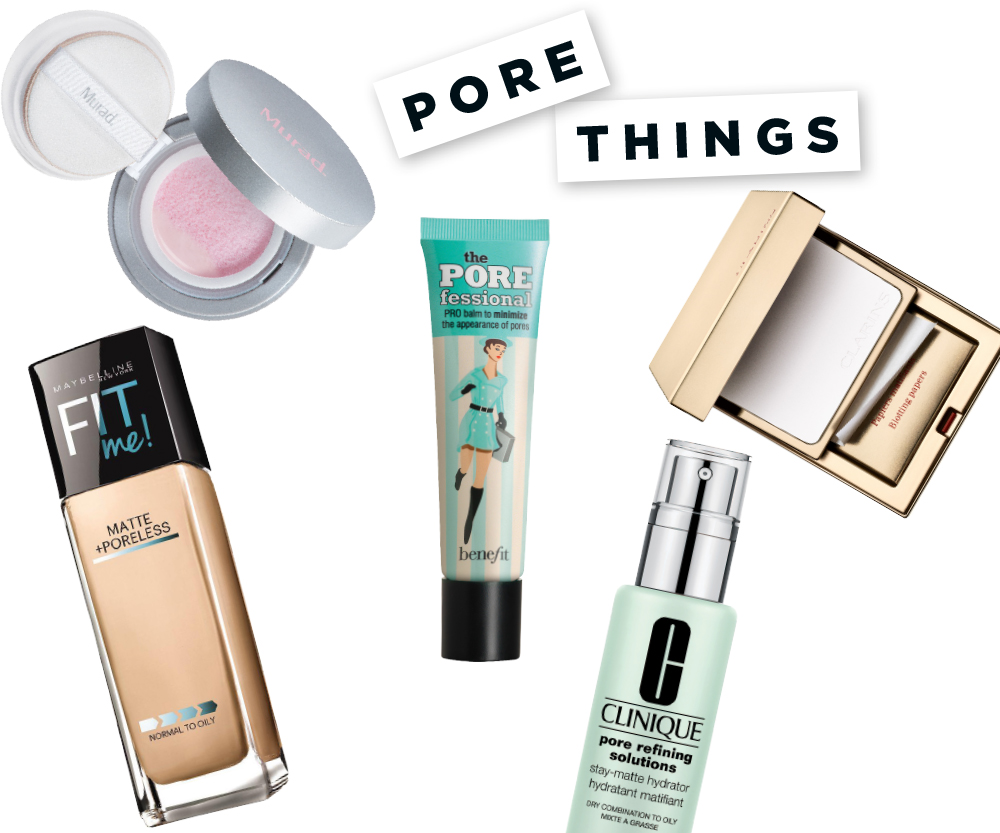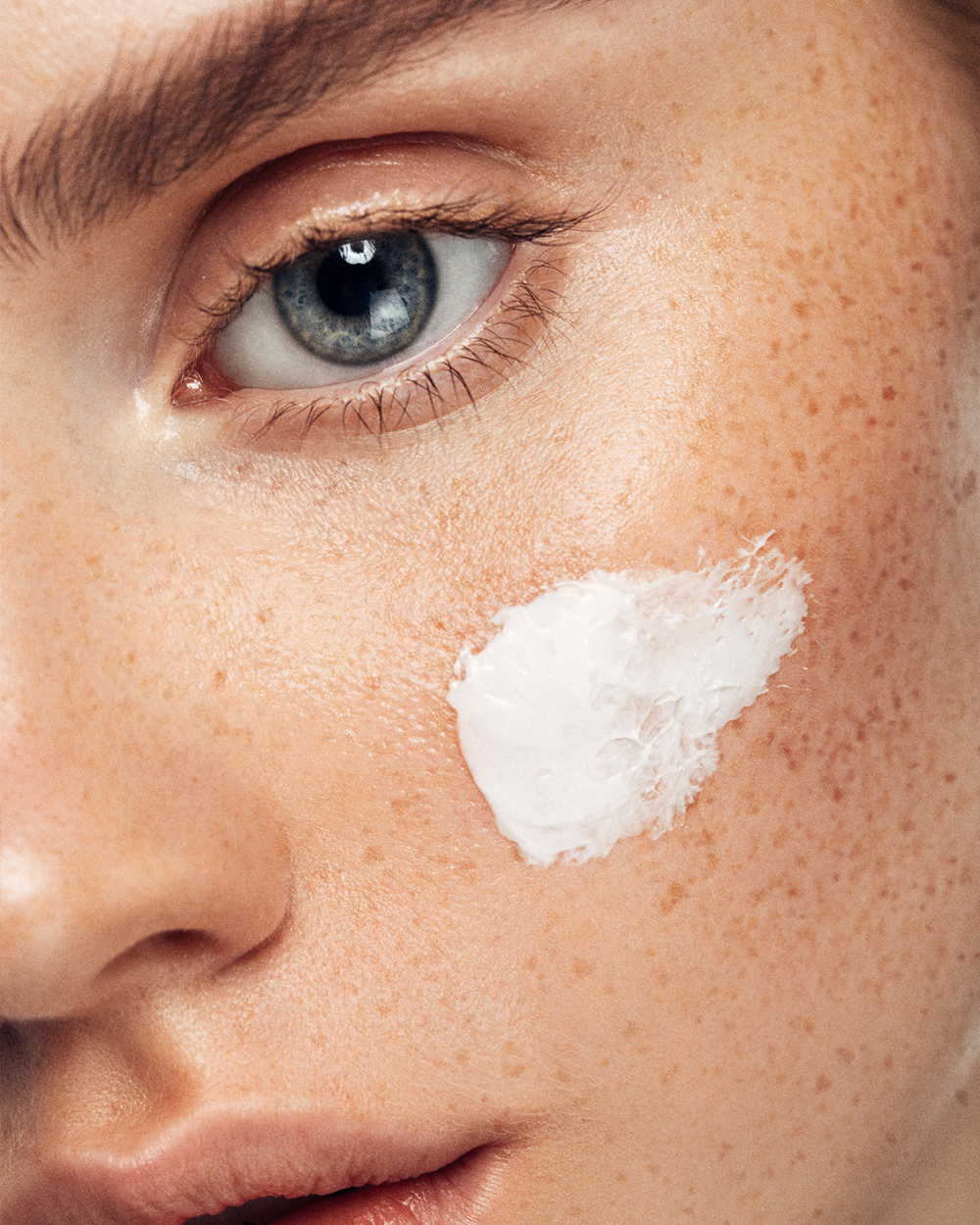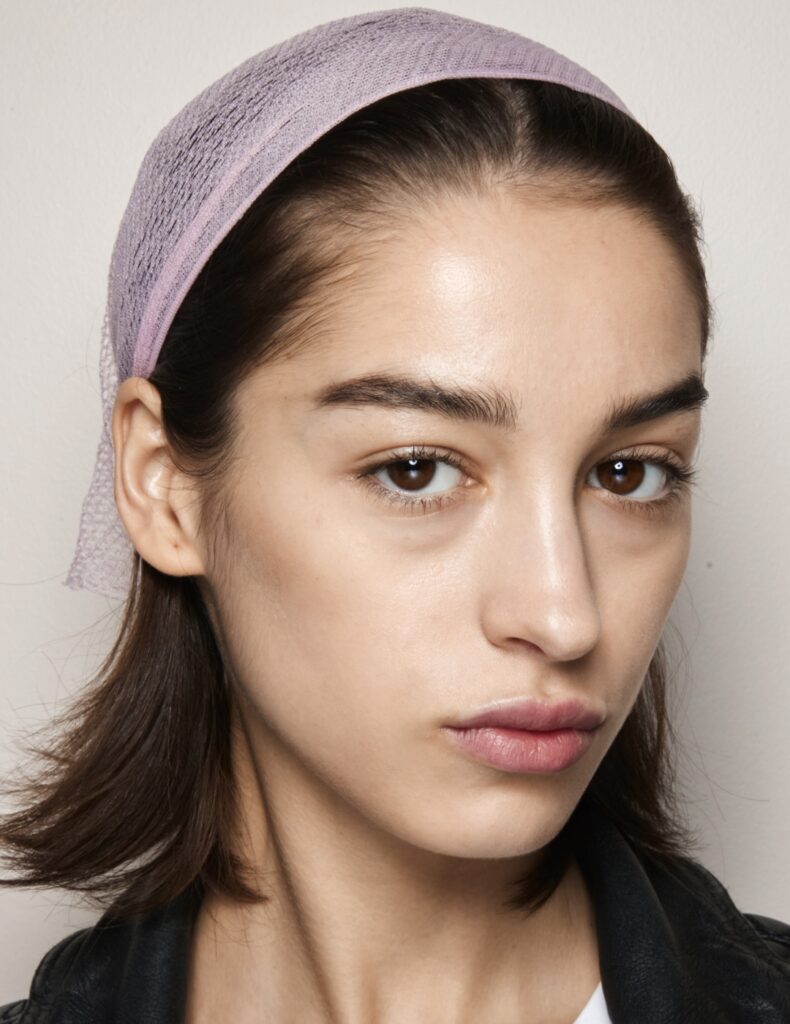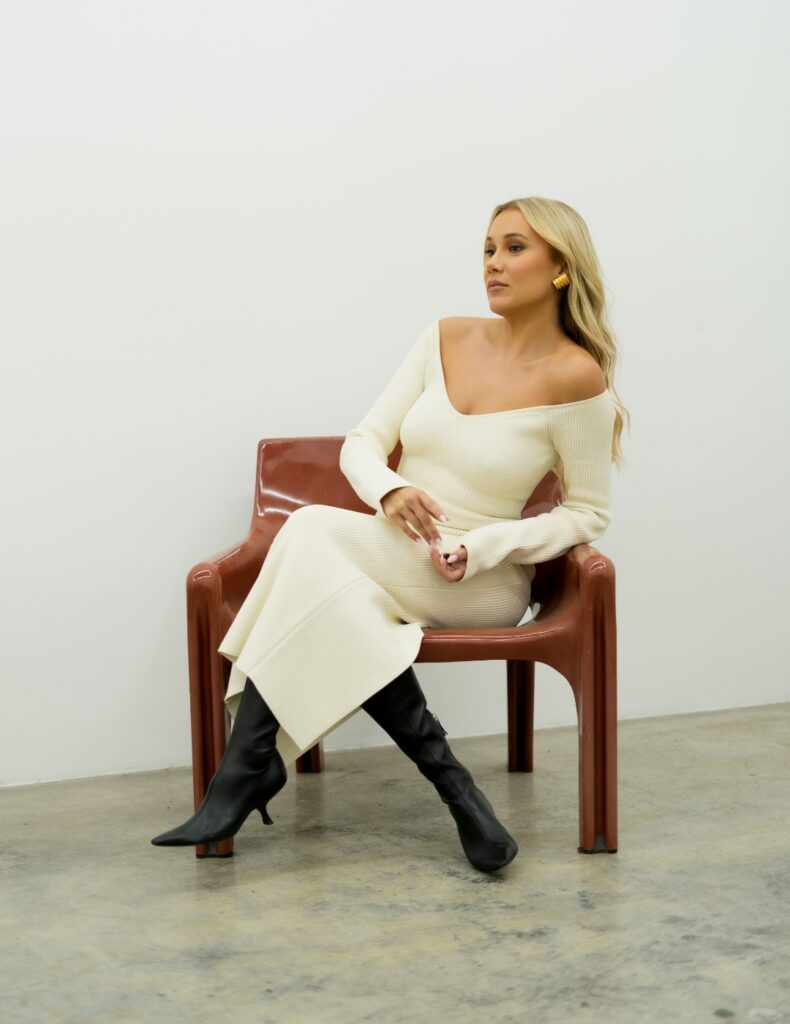Prominent pores are annoying enough, without having to deal with them when they get blocked.
There are two types of people in this world: those who derive some sort of sick joy from watching (and undertaking) extractions of pore-clogging blackheads and whiteheads, and those who gag at the memory of that time they stumbled on an auto-play clip of Dr Pimple Popper (aka Dr Sandra Lee) doin’ her thang with an unidentified lump.
If you’re the former, you’ll probably be of the school of thought that out is better than in, and so squeeze the bejesus out of any suspicious spot. Meanwhile, you’ll be shaking your head and saying, “Leave well alone” if you’re in the latter camp when it comes to what to do about blocked pores.
To squeeze, or not to squeeze?
So what’s actually the best approach? Should we really sit on our hands when a giant pimple erupts right before the party the ex and his new girlf will be at?
First, the bad news, guys. Our dermatology expert says hands off.
Skin Institute’s Dr Vania Sinovich say it’s better to play a long game with your overall skincare routine than go to town squeezing every lump that appears, as this can lead to worse problems over time. “Avoid popping or picking pimples, as this will delay healing and cause scarring, and can cause secondary bacterial infection.”
In particular? Don’t even think about touching those angry, sore and red blemishes you can feel and see brewing. “Lumpy acne is best referred to a dermatologist for consideration of oral medications,” says Dr Sinovich.
The good news is, if you have visibly enlarged pores or are prone to blackheads, she has lots of handy advice. So let’s go back to the beginning: what causes these issues in the first place?
Dr Sinovich says most people get some acne during their teenage years and beyond as a result of hormonal changes. “This is due to the enlargement of the sebaceous glands [which produce oil] found on the face and upper body. These glands secrete their oily substance into hair follicles [pores]. When the pores are blocked with dead skin cells and oily material, they create a white bump called a whitehead. When the pores are open, this oil plug gets oxidised and becomes a blackhead.”
What’s the best way to clean them out?
According to Dr Sinovich, although products designed to detoxify or strip blackheads can definitely help to clear the gunk, there’s also a risk of aggravating sensitive skin and over-stimulating oil production, setting off an annoying cycle.
Best we go gently. “Use a mild face wash twice daily to remove excess oil. Some acne washes contain salicylic acid, which reduces oil and dead skin cells, but these can dry and irritate the skin. Avoid over-washing or over-scrubbing, and use cosmetics and sunscreen that are labelled ‘non-comedogenic’ or ‘won’t clog pores’. The use of a mild exfoliant with fruit acids [AHAs] rather than a rough-textured scrub can help, but they should only be used intermittently, rather than every day.”
Persistent acne often involves underlying bacteria that like to stick around, and squeezing can spread it, so it’s worth seeing an expert if you’re having long-term issues.
WATCH: Are You Making These Common Cleansing Mistakes?
Why do some people get them bad, while others don’t?
Some people have larger pores than others due to age, hormones or genes (thanks Mum). We’re tempted to avoid mentioning that sun damage can also make them bigger (groan), as it weakens the pores’ structure — but it does make a stronger case for using sunscreen daily!
The ability to significantly shrink pores has long been debated, but the use of topical retinoid products (AKA retinol, AKA vitamin A) undoubtedly minimises the look of enlarged pores and reduces the likelihood of them blocking again.
This skincare ingredient is most often mentioned when it comes to minimising the signs of ageing, but Dr Sinovich says it’s excellent at helping with pore issues. “Prescription-strength is the most efficient, but there are several over-the-counter retinol solutions that work well. They can irritate and dry the skin, so need to be used just twice a week initially, then gradually increased as tolerated.”
Applied at night, they should be washed off in the morning, as they can cause sun sensitivity. They also take weeks to months to have an effect, so don’t give up too soon.
What else can you do?
Next-level options are available in consultation with a dermatologist and include taking an oral retinoid, or in-clinic treatments such as non-ablative lasers or microdermabrasion.
If your pores are clean but still visible, there are good products (besides Facetune!) to help minimise their appearance. Even if you don’t want to wear foundation, a smoothing, blurring primer can help. Use sparingly on your problem areas, or over your entire face under your other makeup. Carry blotting papers or one of the new ultra-thin mattifying liquid cushion compacts for touch-ups that won’t load up your skin with product, and choose makeup designed to treat pores and excess oil with care.
If you really, REALLY have to squeeze, according to Dr Pimple Popper it’s best to do it after a shower, as the steam and heat loosens debris. Ensure your hands are extremely clean and be gentle. You shouldn’t pop anything unless it has a head and the contents can be extracted easily. Afterwards, don’t touch! Squeezing something repeatedly will only make things worse.
We’ve got you covered:

Murad MattEffect Blotting Perfector, $79; Maybelline New York Fit Me Matte + Poreless Foundation, $27; Benefit The POREfessional pore minimiser, $58; Clarins Pore Perfecting Mattifying Kit, $68; Clinique Pore Refining Solutions Stay-Matte Hydrator, $89.
Words: Megan Bedford
Photos: Supplied











